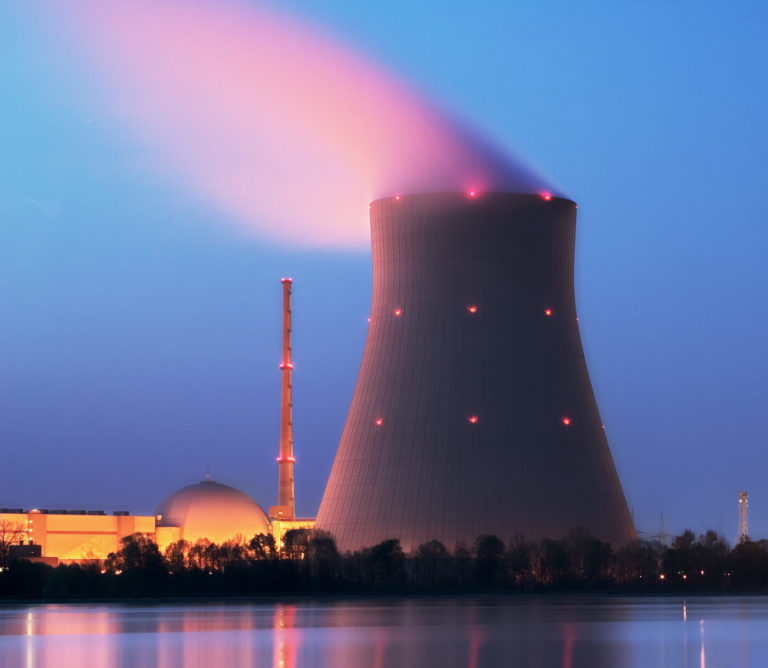
The technique involves using granular carbonate materials rather than water and has been demonstrated in both small and large-scale testbeds using molten lead oxide. (Courtesy: Randy Montoya)Ī new way of cooling and containing the radioactive, lava-like mass that forms in the core of a nuclear reactor during a catastrophic meltdown has been developed by researchers in the US. Webinars Tune into online presentations that allow expert speakers to explain novel tools and applicationsĬooling corium: Sandia National Laboratories researchers Jessica Kruichak and William Chavez pour a granulated material onto hot lead oxide.Video Watch our specially filmed videos to get a different slant on the latest science.Podcasts Our regular conversations with inspiring figures from the scientific community.Audio and video Explore the sights and sounds of the scientific world.Supercool physics Experiments that probe the exotic behaviour of matter at ultralow temperatures depend on the latest cryogenics technology.The science and business of space Explore the latest trends and opportunities associated with designing, building, launching and exploiting space-based technologies.Revolutions in computing Find out how scientists are exploiting digital technologies to understand online behaviour and drive research progress.Nanotechnology in action The challenges and opportunities of turning advances in nanotechnology into commercial products.#BlackInPhysics Celebrating Black physicists and revealing a more complete picture of what a physicist looks like.Artificial intelligence Explore the ways in which today’s world relies on AI, and ponder how this technology might shape the world of tomorrow.



Latest Explore all the latest news and information on Physics World.


 0 kommentar(er)
0 kommentar(er)
